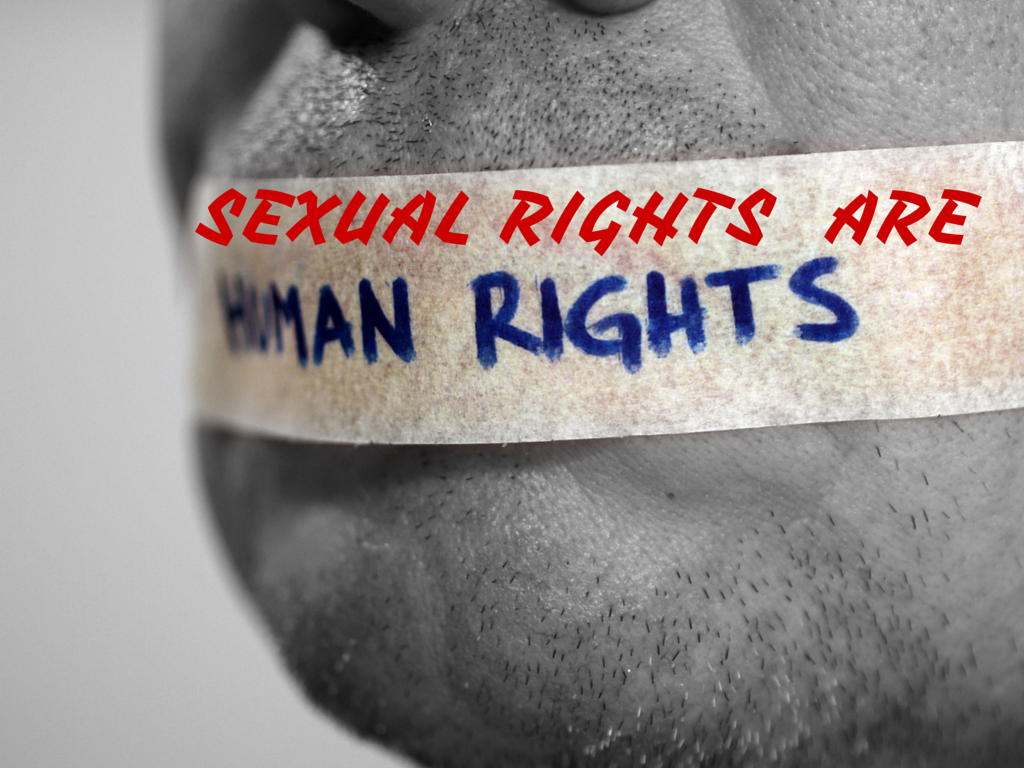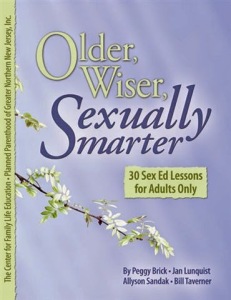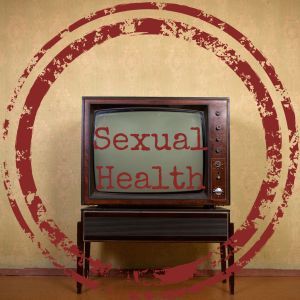October is Domestic Violence Awareness Month. I’ve already written a little about my personal relationship with domestic violence, so today (and for the rest of the week) I want to focus on domestic violence, but in a slightly different sort of way. Today, I want to talk about the Declaration of Sexual Rights from the World Association for Sexual Health. It was revised earlier this year, and directly relates to the existence of domestic violence worldwide. The rights in the new, updated declaration are:
- The right to equality and non-discrimination.
- The right to life, liberty, and security of the person.
- The right to autonomy and bodily integrity.
- The right to be free from torture and cruel, inhuman, or degrading treatment or punishment.
- The right to be free from all forms of violence and coercion.
- The right to privacy.
- The right to the highest attainable standard of health, including sexual health; with the possibility of having pleasurable, satisfying, and safe sexual experiences.
- The right to enjoy the benefits of scientific progress and its application.
- The right to information.
- The right to education and the right to comprehensive sexuality education.
- The right to enter, form, and dissolve marriage and other types of relationships based on equality and full and free consent.
- The right to decide whether to have children, the number and spacing of children, and to have the information and the means to do so.
- The right to the freedom of thought, opinion, and expression.
- The right to freedom of association and peaceful assembly.
- The right to participation in public and political life.
- The right to access to justice, remedies, and redress.
(You can download it in its beautifully written entirety here.)
I’ve used the old declaration in my high school and college sexuality classes for years. It’s a fantastic tool to start conversation about what sexual rights we actually have – what sexual rights we think we should have – and why it is that so much of the legislation around sexuality is about restricting behavior rather than giving rights.
Along the lines of this legalistic approach to the topic, while weaving in aging and social customs, this lesson from Older, Wiser, Sexually Smarter provides a fantastic framework for the conversation:
OBJECTIVES
Participants will:
1. Evaluate the rights described in the Declaration of Sexual Rights approved by the World Association for Sexual Health.
2. Identify which of these rights are commonly denied to seniors in the United States.
3. Recommend specific changes that may need to occur if older adults are to have the sexual rights that are important for them.
RATIONALE
In 1999, the World Association for Sexuality (now called the World Association for Sexual Health) adopted a Declaration of Sexual Rights. The preface to the Declaration states that “sexuality is an integral part of the personality of every human being” and “depends upon the satisfaction of basic human needs such as the desire for contact, intimacy, emotional expression, pleasure, tenderness, and love.”
Surely the Declaration is controversial; many social customs as well as religious traditions conflict with its broad definition of sexual rights. For this very reason, an examination of the Declaration may challenge unexamined beliefs and provide individuals with an opportunity to clarify their own values and/or develop a new system of sexual values — particularly as they pertain to people in midlife and beyond.
6. The right to privacy.
This is a right that is so often deeply engrained in issues of domestic violence. The abusive partner take control over the victim’s personal life and privacy – accessing their phone records, reading their emails and other social media interactions.
It is also an issue that many older adults experience either with their adult children or with the institutions in which they live. How might an older adult in a nursing facility find a private space where they can be sexual with a partner? What if they don’t have a spouse, but want to be sexual with someone anyway? Who will need to know and how might they respond?
These are the types of questions that this lesson invites participants and facilitators to grapple with, including this one: “Imagine you will advocate for change. Which one right would you choose first?” Ranking or picking a “most” important of these issues is no easy task, and so the conversations that follow may be very rich indeed.







